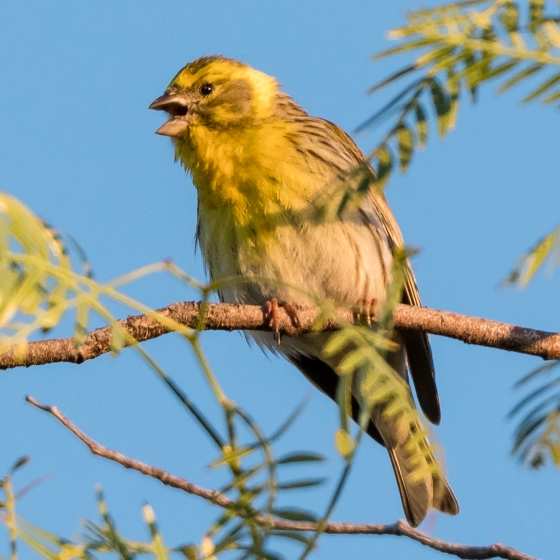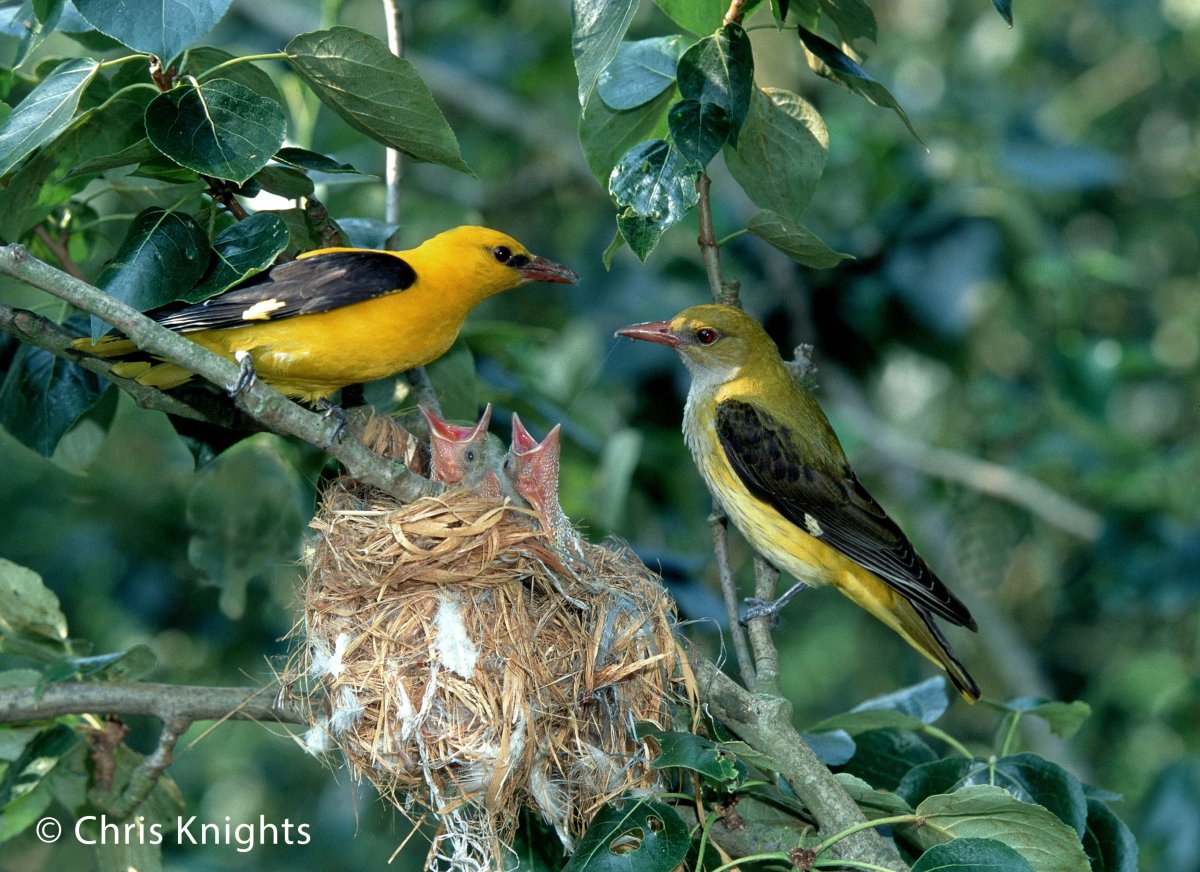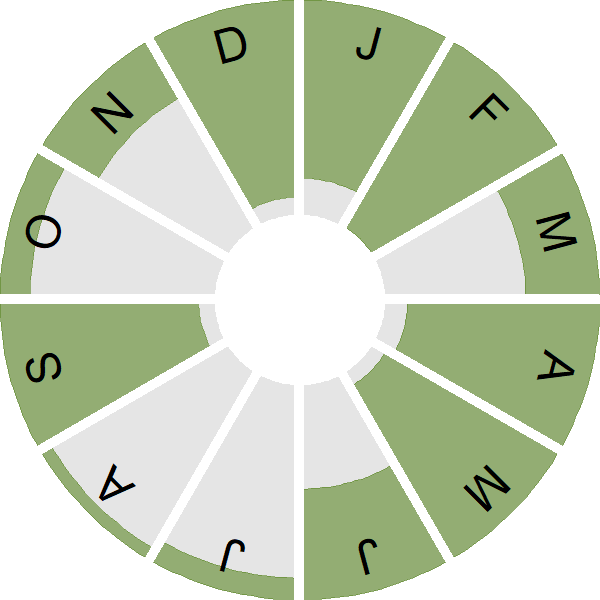Serin

Introduction
This small finch is typically a scarce visitor to the UK. Pairs occasionally breed in southern England and the Channel Islands.
These streaky yellow finches can often be pinpointed by their loud, scratchy song. Their breeding range extends across southern, central and eastern Europe, the Middle East and North Africa. In northern parts of the breeding range, the species is partially migratory.
Serins are associated with coniferous woodland habitats, as well as agricultural areas, parks and gardens. They feed on seeds, buds, flowers and small invertebrates.

Key Stats
Identification
ID Videos
This section features BTO training videos headlining this species, or featuring it as a potential confusion species.
Green finches in your garden
Songs and Calls
Song:
Flight call:
Status and Trends
Conservation Status
Population Size
Population Change
Serin is an extremely rare breeding bird in the UK. There are only 14 confirmed breeding records, the majority from the early 1980s to mid-1990s and all coming from southern Britain; Serin first bred here in 1967 and last bred here in 2006, although there have been singing males present in other years [Holling 2023]. Small numbers of Serin, approximately 50 per year, are also seen on migration, mainly in spring [White & Kehoe 2024]. No trend information is available for the UK, but across Europe, the population is believed to be decreasing [EBCC 2015].
Distribution
With a slowly expanding European range the Serin has been long predicted as a potential colonist of the UK. It has, however, remained a rare breeder. No confirmed breeding was recorded during 2008–11
Occupied 10-km squares in UK
or view it on Bird Atlas Mapstore.
or view it on Bird Atlas Mapstore.
European Distribution Map
Distribution Change
Change in occupied 10-km squares in the UK
or view it on Bird Atlas Mapstore.
or view it on Bird Atlas Mapstore.
Seasonality
Serin is a scarce passage migrant and winter visitor.
Weekly pattern of occurrence
The graph shows when the species is present in the UK, with taller bars indicating a higher likelihood of encountering the species in appropriate regions and habitats.

Movement
Britain & Ireland movement
Foreign locations of birds ringed or recovered in Britain & Ireland
Dots show the foreign destinations of birds ringed in Britain & Ireland, and the origins of birds ringed overseas that were subsequently recaptured, resighted or found dead in Britain & Ireland. Dot colours indicate the time of year that the species was present at the location.
- Winter (Nov-Feb)
- Spring (Mar-Apr)
- Summer (May-Jul)
- Autumn (Aug-Oct)

European movements
EuroBirdPortal uses birdwatcher's records, such as those logged in BirdTrack to map the flows of birds as they arrive and depart Europe. See maps for this species here.
The Eurasian-African Migration Atlas shows movements of individual birds ringed or recovered in Europe. See maps for this species here.
Biology
Productivity and Nesting
Nesting timing
Egg measurements
Clutch Size
Survival and Longevity
Survival is shown as the proportion of birds surviving from one year to the next and is derived from bird ringing data. It can also be used to estimate how long birds typically live.
View number ringed each year in the Online Ringing Report.
lifespan
Survival of adults
Biometrics
Wing length and body weights are from live birds (source).
Wing length
Body weight
Ring Size
Classification, names and codes
Classification and Codes
- Order: Passeriformes
- Family: Fringillidae
- Scientific name: Serinus serinus
- Authority: Linnaeus, 1766
- BTO 2-letter code: NS
- BTO 5-letter code: SERIN
- Euring code number: 16400
Alternate species names
- Catalan: gafarró europeu
- Czech: zvonohlík zahradní
- Danish: Gulirisk
- Dutch: Europese Kanarie
- Estonian: koldvint
- Finnish: keltahemppo
- French: Serin cini
- German: Girlitz
- Hungarian: csicsörke
- Icelandic: Gulfinka
- Irish: Seirín
- Italian: Verzellino
- Latvian: girlicis
- Lithuanian: europinis svilikelis
- Norwegian: Gulirisk
- Polish: kulczyk (zwyczajny)
- Portuguese: milheirinha
- Slovak: kanárik polný
- Slovenian: grilcek
- Spanish: Serín verdecillo
- Swedish: gulhämpling
- Welsh: Llinos Frech
Research
Publications (1)
The risk of extinction for birds in Great Britain
Author: Stanbury, A., Brown, A., Eaton, M., Aebischer, N., Gillings, S., Hearn, R., Noble, D., Stroud, D. & Gregory, R.
Published: 2017
The UK has lost seven species of breeding birds in the last 200 years. Conservation efforts to prevent this from happening to other species, both in the UK and around the world, are guided by species’ priorities lists, which are often informed by data on range, population size and the degree of decline or increase in numbers. These are the sorts of data that BTO collects through its core surveys.
01.09.17
Papers


